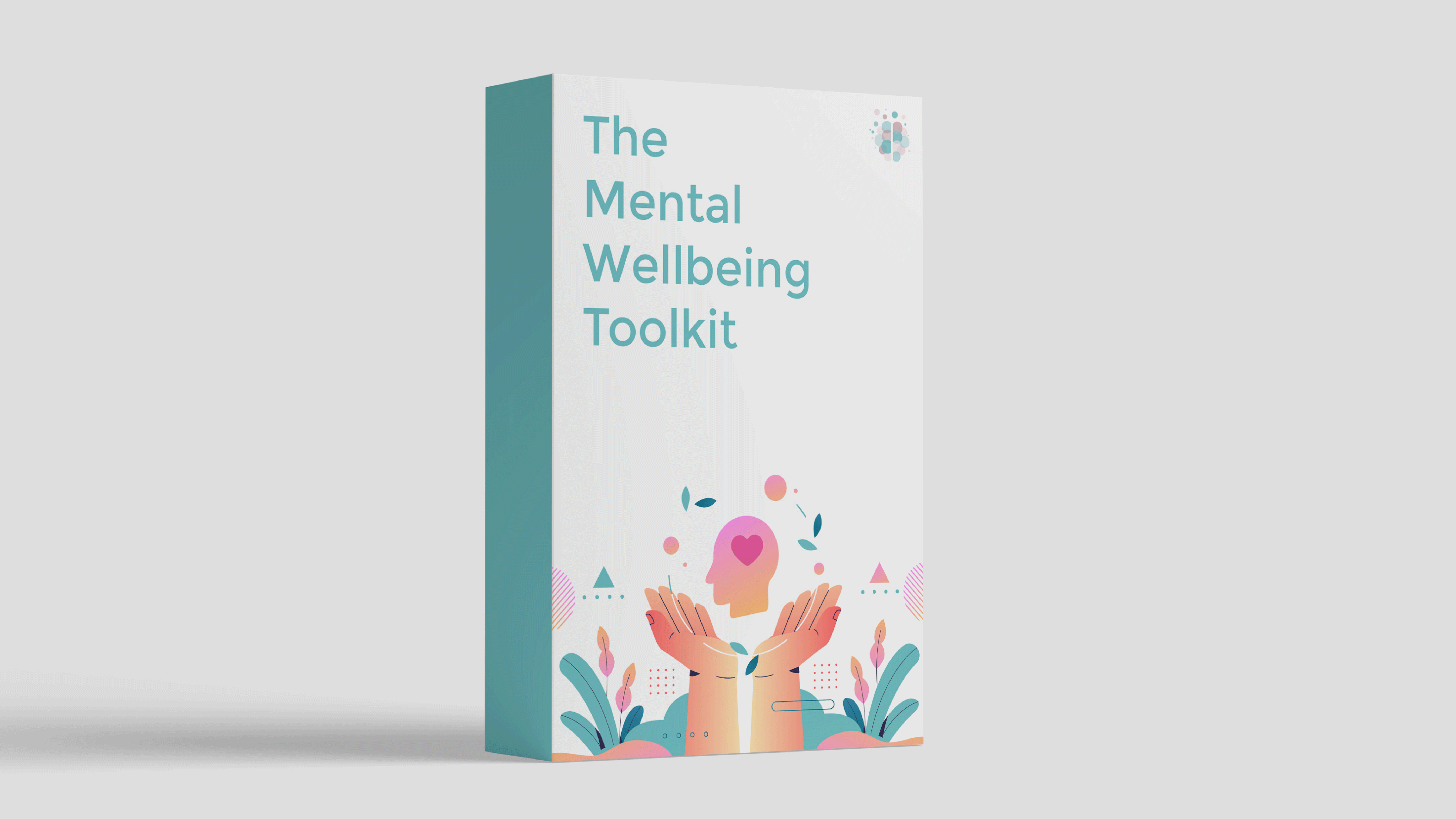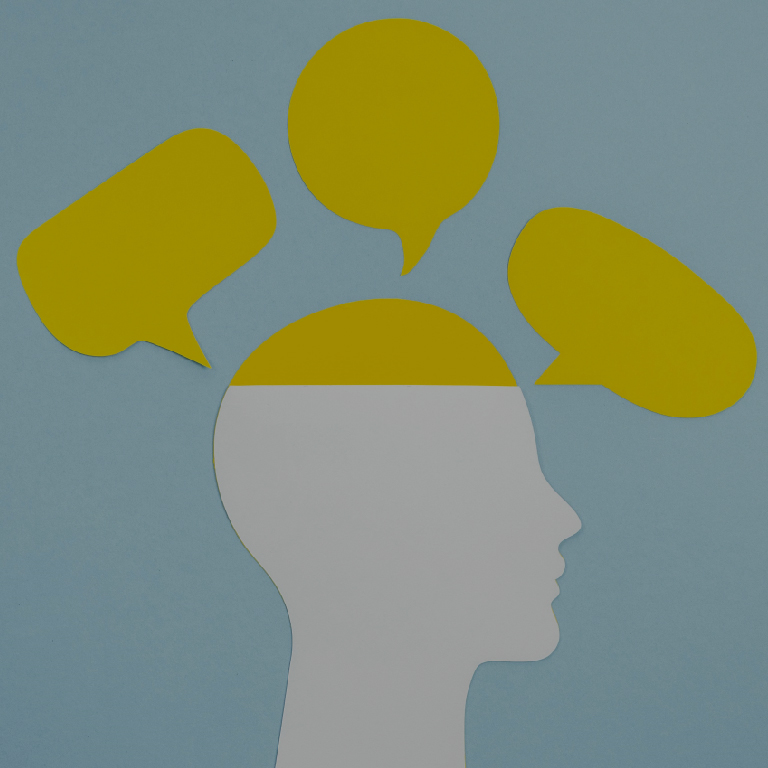Feeling stuck in old patterns and unable to move forward? Struggling with low mood, stress, or anxiety? Cognitive restructuring may be a helpful approach. This process involves untangling years of unhelpful thinking and building a more realistic view of life.
Cognitive restructuring is not a single technique but a method of understanding and challenging thoughts. It’s commonly used in psychological therapies like Cognitive Behavioural Therapy (CBT) and Dialectical Behavioural Therapy (DBT) to help clients experience transformation.
How Does Cognitive Restructuring Work in Practice?
To illustrate how cognitive restructuring works, we’ll describe a fictional case study based on common experiences from various clients.
Phoebe, our fictional character, reported feeling completely drained both physically and emotionally. She often caught colds and couldn’t sleep due to constant worries about underperforming at work.
She appeared dishevelled, spoke in a monotonous voice, and had dark rings under her eyes. She said, "I used to be so excited about work, but now I’m unmotivated. I forget things and make silly mistakes. I’m worried I’ll lose my job."
Further background revealed that Phoebe was the oldest of three siblings and had frequently been expected to help at home during her upbringing. She had worked after school to contribute financially to the household, and her parents had held high expectations, often scolding her if she didn’t meet their elevated standards.
Despite her achievements in school, sports, and later at university, Phoebe struggled to find balance in her life after landing a prestigious job at a top law firm. Although she was praised and given more responsibilities, she began working long hours with little time for herself, her hobbies, or her friends.
Catch It: Identifying Unhelpful Thoughts
The first step of cognitive restructuring involves identifying unhelpful thoughts.
Phoebe was introduced to the CBT triangle model, helping her understand the connection between her thoughts, actions, feelings, and bodily sensations. Through this process, she identified several unhelpful thinking patterns, including black-and-white thinking, mental filter, catastrophising, and self-blame.
At first, Phoebe was unaware of the specific thoughts causing her distress. To begin the process, she was encouraged to keep a thought diary, where she recorded any negative automatic thoughts (NATs) that arose during challenging situations.
These included thoughts like:
- "I'm stupid"
- "I'm not working hard enough"
- "I only make things worse"
- "There’s no point"
- "Asking for help means I’m incapable"
She also noted the situations and emotions associated with these thoughts.
Uncovering Core Beliefs
Over time, Phoebe began to notice recurring thoughts such as, "I have to stay busy" and "I must help others." When asked what these thoughts meant to her, she responded, "If I don't, it means I'm not doing my best."
Phoebe revealed deeper beliefs, eventually stating, "If I don’t perform at the highest level, I’m worthless," which led her to the core belief, "I’m simply not good enough." This insight was a crucial turning point in understanding how her negative self-image was driving her stress and anxiety.
Phoebe also held broader beliefs about the world, such as "The world is dangerous and unpredictable," and assumptions about others, including "People can't be trusted." These core beliefs shaped her overall outlook, further contributing to her distress.
Check It: Challenging Unhelpful Thoughts
With her thought diary as a guide, Phoebe began to recognise a pattern of harsh self-criticism.
She took on too much responsibility, avoided asking for help, and often overlooked her successes. With guidance, she learned to challenge these thoughts by examining whether they were accurate or just fleeting ideas in her mind.
Phoebe systematically reviewed the evidence for and against her thoughts, much like a scientist would when testing a hypothesis.
She also began reframing her thoughts by changing perspectives. For example, she asked herself how she would speak to a friend, a young child, or a sibling in a similar situation, or how she might feel about the issue in a week, a month, or a year from now.
Phoebe also evaluated the costs and benefits of her beliefs, gradually developing a more balanced and compassionate inner dialogue.
Over time, this became a more natural way of thinking. She moved away from using worksheets and started internally challenging her thoughts.
Change It: Implementing Helpful Thoughts and Actions
The final step involved changing Phoebe’s deeply held beliefs.
Together, we rephrased her core belief from "I'm not good enough" to "I sometimes make mistakes, but I’m still okay."
To test this new belief, Phoebe conducted a behavioural experiment by intentionally making small mistakes at work, such as misspelling emails or delivering a contract with two pages jumbled up. She observed how others responded and recorded her thoughts before and after each experiment.
The results showed that even when Phoebe made minor errors, she was still accepted and valued by her colleagues. This evidence helped her believe that she was indeed "good enough."
Gradually, Phoebe became more self-aware of how her thoughts and behaviours affected her wellbeing. She began speaking to herself with greater compassion and set stronger boundaries at work.
She also started saying no to extra tasks more often and asked for help when needed. As a result, she found more time for hobbies and friends, leading to improvements in both her mental health and overall quality of life.
About Cognitive Behavioural Therapy (CBT)
CBT has proved to be a transformational approach for many people. As an evidence-based therapy, CBT has been extensively researched and proven effective in treating a wide range of mental health issues, including anxiety, depression, and stress-related conditions.
By helping you challenge unhelpful thoughts and replace them with more balanced perspectives, CBT can contribute towards lasting behavioural and emotional change. This therapeutic method empowers you to break free from ingrained patterns of thinking, leading to improved mental wellbeing and a more fulfilling life.
While CBT is effective for many mental health issues, it may not be the most suitable approach for people dealing with deep-rooted trauma. Trauma often requires therapies that focus on processing intense emotional experiences (read this article for more information). These approaches are more tailored to addressing the underlying emotional pain and distress caused by traumatic events. CBT, with its focus on challenging thoughts and behaviours, may not fully address the complexities of trauma.
However, trauma survivors may still find it helpful. Challenging negative beliefs about themselves or the world that stem from their experiences is often a key part of healing trauma.
Summary
This fictional case study, based on years of experience with clients facing high-functioning anxiety and low mood, follows a structured process. In reality, the journey is often more complex, with clients needing to explore and revisit certain beliefs multiple times. However, by uncovering core beliefs and gently challenging or reframing them, it’s possible to create long-lasting positive changes.
If you’re curious about trying cognitive restructuring, consider self-help tools or reaching out to a therapist who works with this therapeutic approach.

About Malin
Malin Rignéus is a Stress and Anxiety Counsellor and founder of Leva Counselling. She supports internationals to grow and overcome challenges through therapy. Before becoming a Counsellor she worked internationally in the Human Resources field. Malin holds a Masters in Counselling degree from Monash University, an undergraduate degree in Psychology from Stockholm University and has over six years of clinical experience working with multicultural clients.
Find her through her website, Instagram, Facebook, or LinkedIn.



